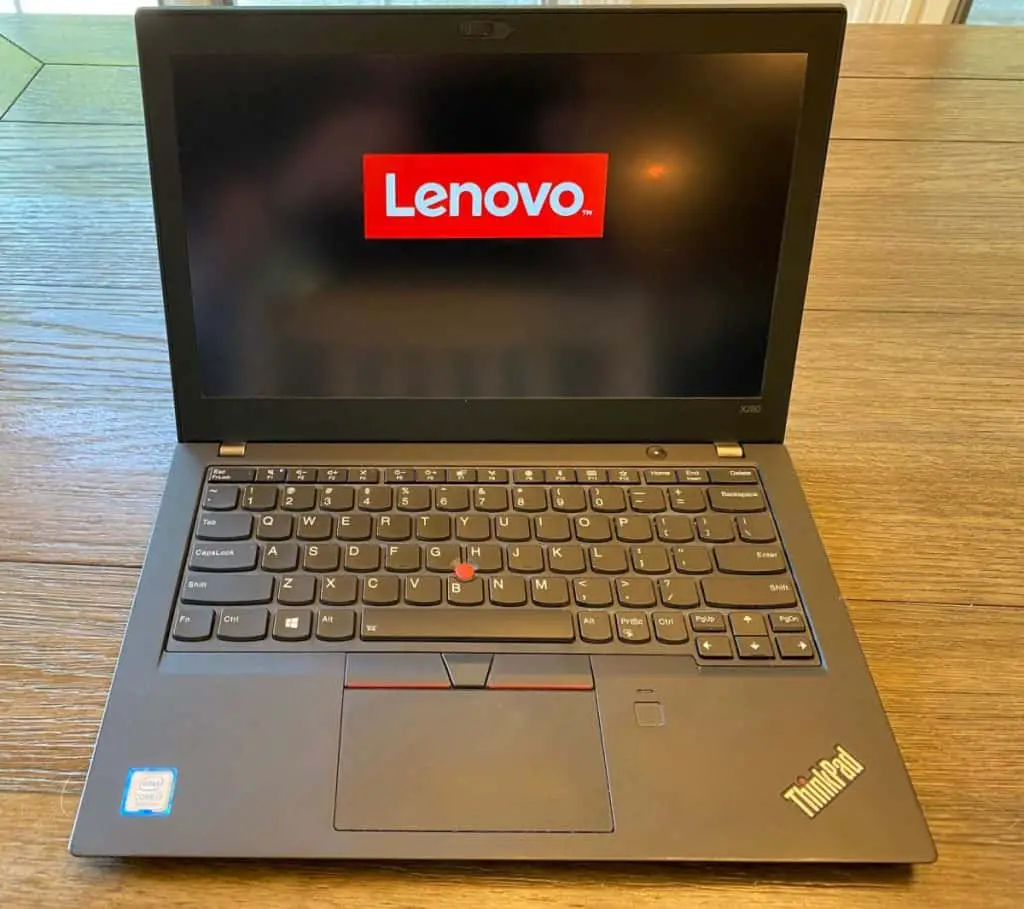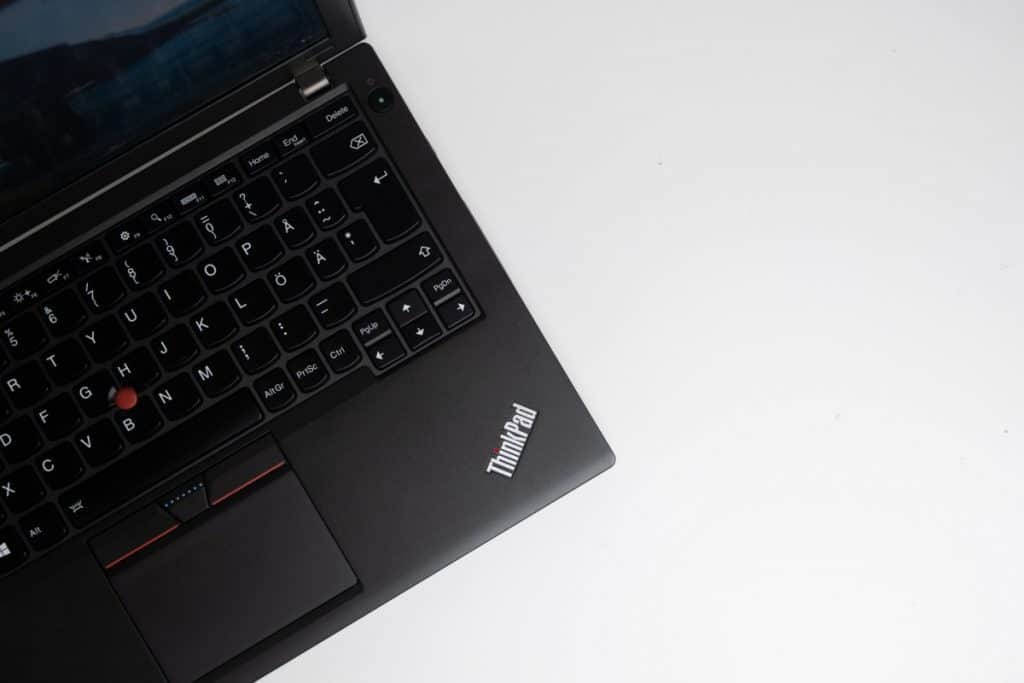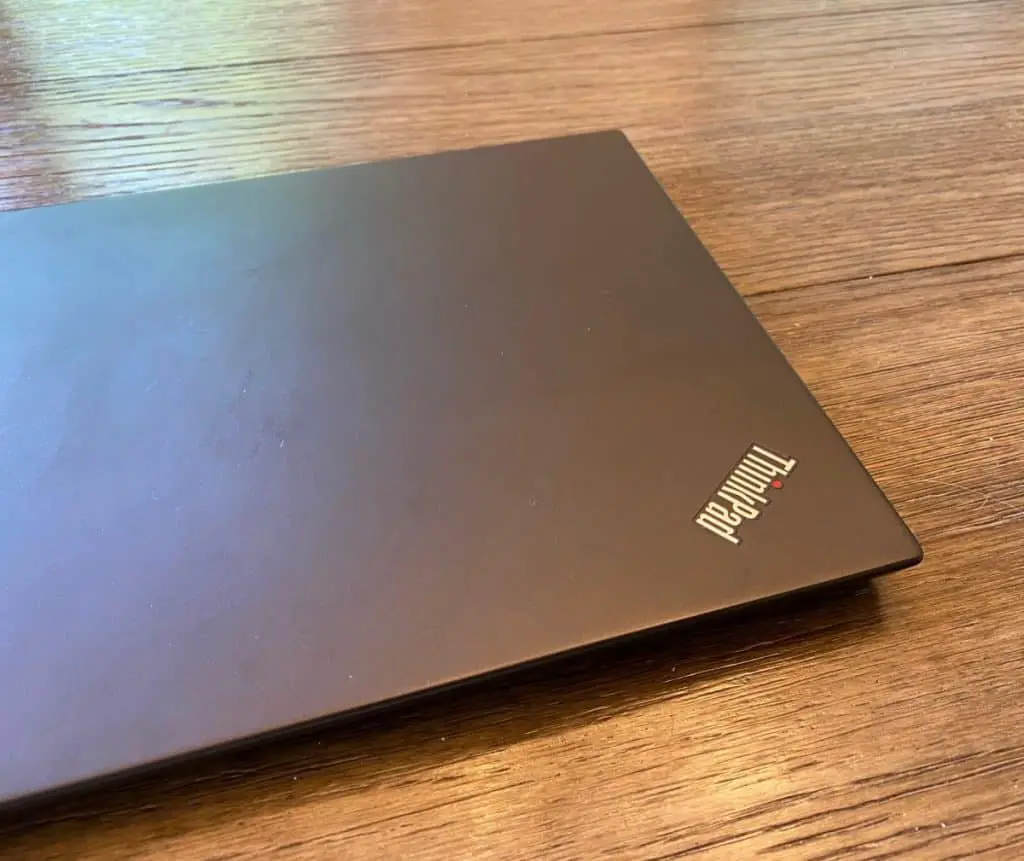BIOS password, also known as supervisor password, guards the system information stored in a Lenovo laptop set up program. Setting a BIOS password protects anyone from changing the configuration of your laptop without the password. The system administrator can use the BIOS password to access the laptop even if the owner has set a power-on password. This is because the supervisor password overrides the power-on password. There are two options of security in BIOS passwords: One is Change- Supervisor Password. The second is Set User Password. The process to set the BIOS password is as explained below.
Turn on your computer and press F1 to enter the BIOS password. Then enter the security option. Choose the Change Supervisor Password and set up the BIOS password. Then set User Password to set up the power-on passwords. The supervisor password and user password should be different.
This article will discuss the BIOS password for Lenovo, how to get into Lenovo BIOS, how to enter a BIOS password in a Lenovo laptop, and how to unlock Lenovo BIOS password advanced. So read on to find out more.

What Is The BIOS Password For Lenovo?
Once you set a BIOS password, a prompt appears on the screen when you turn on the computer. There are different types of passwords. These include:
- Windows password.
- Power-on password.
- Hard drive password.
- Supervisor (BIOS) password.
The BIOS password is set to protect the system information in the setup program. When the BIOS password is set, you can do the following:
- Change or delete the power-on password.
- Change or delete the supervisor password.
- Change the date and time.
- Specify the minimum length for power-on password and hard disk password.
- Erase fingerprint.
- Change the setting for the security chip.
- No one else can change the BIOS settings without the password.
The BIOS password in Lenovo is used to prevent a change of the computer’s configuration without a password.
How Do I Get Into Lenovo BIOS?
You might want to access BIOS to change a few things on your computer. These may include date and time, power-on startup sequence, or advanced power-on startup settings, as mentioned before.
There are different types to access BIOS in Lenovo. The first way is to enter through the function key. The process is:
- Turn off the PC.
- Turn on the PC.
- The PC screen displays the Lenovo logo.
- Immediately and repeatedly press F2 or F1. It might take multiple attempts to access BIOS.
The second way is to enter BIOS via the Novo button. In this process, the steps are:
- Shut down the computer.
- Find the Novo button.
- Press the Novo button to enter the Novo Boot Menu.
- Select BIOS Setup to enter BIOS.
The third way is to enter BIOS from Windows 10. The steps for this process are:
- Click on the windows startup menu or click on new notifications to open the settings window.
- Click Update and Security.
- Select Recovery
- Click Restart now.
- Your screen will display the options menu, then click Troubleshoot.
- Select advanced options.
- Select UEFI Firmware Settings.
- Choose Restart then the screen display will show the BIOS setup utility.
The fourth way is to enter BIOS from Windows 8/8.1. The steps for this are:
- Go to settings.
- Select Change PC settings.
- Select Update and Recovery.
- Click on Recovery, then Restart now.
- Select Troubleshoot on the menu that the screen will display.
- Click on Advanced options.
- Click UEFI Firmware.
- It will portray select Restart and then the BIOS utility interface.
The fifth option is entering the BIOS by pressing the shift button and restarting the machine. The steps for this process are:
- Log out of Windows and go to the sign-in screen.
- Hold down the shift key while clicking on the power button.
- Continue to hold down the shift key while clicking Restart.
- The computer will open a blue screen with the option to continue.
- Click Troubleshoot, then Advanced Options, then UEFI Firmware Settings, and click Restart.
- It will display the BIOS setup utility interface.

How Do I Enter BIOS Password in Lenovo Laptop?
Setting up BIOS passwords in Lenovo is quite easy. However, the process might depend on the model.
The process has been mentioned earlier in this article. You first have to turn on your laptop, then press F1 immediately. Enter the security option and choose Change Supervisor Password, and set up your preferred BIOS password. The length should not exceed seven characters.
Once you are done, select Set User Password to set up the power on the password.
How To Unlock Lenovo BIOS Advanced?
If you put in a BIOS password, you will be required to enter this password before accessing BIOS settings. Advanced BIOS includes the following beneficial features:
- Boot Virus Detection. Enabling this feature will protect your data in case you boot from an infected disk or CD-ROM.
- Quick Power-On Self-Test. Enabling this will help you skip the repetitive memory count when you turn on your PC.
- CPU Level 1 Cache.
- CPU Level 2 Cache.
- First, Second, or Third Boot Device. You can disable any boot device that you don’t want to boot from.
- Boot Other Device.
- Boot up Floppy Seek.
- Boot up Numlock Status.
- Gate A20 Option.
- Typematic Rate Setting.
- Epic Mode.
- OS/2 Onboard Memory.
- Full-Screen LOGO Show.
- Post Complete Report.
- Speech Post Reporter.

When trying to unlock the Lenovo BIOS advanced options, you first follow the process of getting into BIOS. There are different ways, but there is a common simple way. First, boot up your computer and press the F8, F9, F10, or Del key to get into BIOS. Then instantly press the A key to show advanced options.
You can also get to the advanced options via Windows 10. Firstly go to settings. Select Update and security. Click on Recovery. Select Restart now under Advanced startup. Click troubleshoot. Click on advanced options. Then select your options and click Restart.
